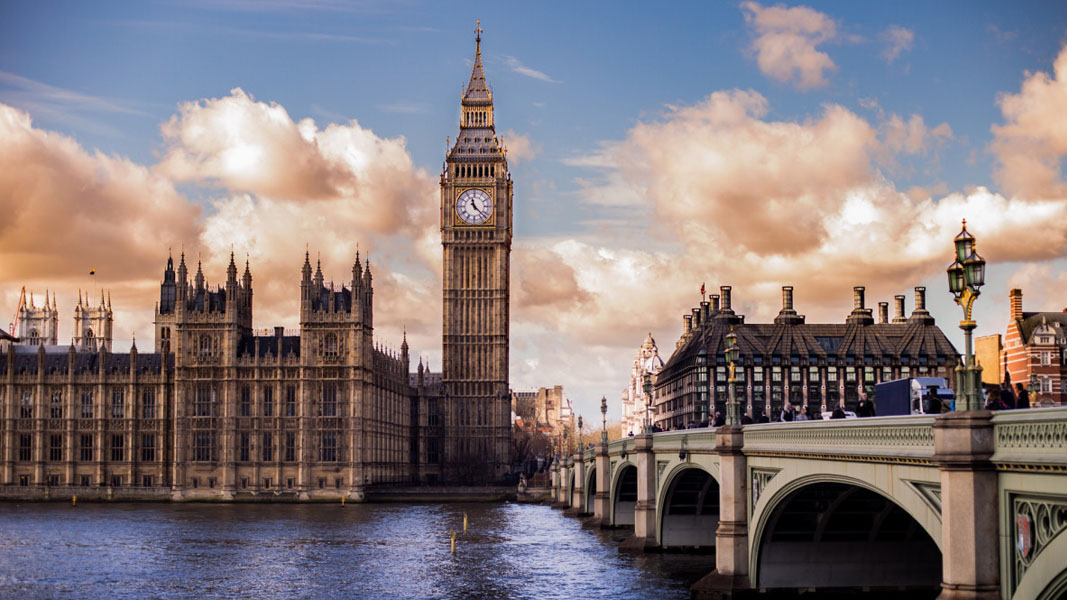A story of a diminished British Empire after the second world war, and how its financial center, the City of London, rose to international prominence by developing the largest offshore shadow banking US dollar market – the Eurodollar market.
Many people would be unaware of the massive offshore US dollar market – a market that is not subject to the regulation by the US Federal Reserve, including reserve requirements. The City of London, although regulated by the British authorities in matters regarding the British currency, is not regulated in relation to offshore currencies and operations maintained in former British Territories such as the British Virgin Islands, the Cayman Islands, and Gibraltar, etc.
The islands of Britain’s former empire have become a key destination for everyone from cash-rich Chinese and Russians avoiding sanctions and scrutiny to international companies seeking lower taxes.
The US fulfilled its role as the World’s reserve currency, that is, they ran massive deficits for a World hungry for reserve assets. The countries running a surplus, such as Japan, China, and Russia were not keen on depositing those surplus US dollars in the US, where they faced the possibility of sanctions or confiscation. Developing a shadow offshore US Eurodollar system was the obvious outcome.
A Eurodollar is a currency that is different from that of the country or market in which it is issued. Despite its name, it has no particular connection to Europe or the euro currency (Wiki). Banks that can accept US dollar deposits, based in tax haven jurisdictions, are not subject to the scrutiny of either England or the US regulatory regime.
The City of London
Colloquially known as the Square Mile, The City of London, incorporated by prescription, was established by Royal Charter as a separate entity, independent of London in 1067. Its independence was codified in the 1215 Magna Carta:

The City has its own Mayor, its own police force, different City Halls, collects different taxes, has different Laws, and has its own flag and crest. The City has a population of 7000 but come voting time, 75% of votes are allocated to companies within the city. The Queen may only enter the City with permission from its Lord Mayor. See https://www.youtube.com/watch?v=LrObZ_HZZUc
The City of London is described as one of the world’s most international and connected financial centers, providing unrivaled access to global markets.
In the early 1900s, the British Pound was the world’s reserve currency. The City of London was the financial capital of the world. As the US financial markets developed after World War 1, both the US and British Pound shared the status as the World Reserve currency through until World War 2. After the war, with Britain in a much-diminished economical state, the US took over after the Bretton Woods agreement.
The City of London struggled to maintain any financial dominance. An event in 1956 finally put paid to any thought that England was the dominant world power. The Egyptian president Gamal Nasser nationalized the foreign-owned, and English-occupied, Suez Canal in July 1956. The Egyptian monarchy was toppled in 1952, with the new regime committed to the Arab cause in Palestine. In collaboration with France and Britain, Israel attacked Egypt in October 1956. The United States sided with Egypt and with their intervention, the so-called Suez Crisis ended. This was a major blow to the prestige of the international standing of Britain and marked the clear dominance of the US, both politically and financially.
The British domestic economy in the 1950s was struggling, with the Government and Bank of England not keen on British banks intermediating foreign currency transactions. The world was becoming awash with American dollars, as the US ran large deficits funding their expansion and wars (such as Vietnam). Countries and businesses were not keen on depositing US dollars in US banks and being subject to US regulatory requirements, reserve and capital requirements, and financial scrutiny.
“The Soviet Union feared that its deposits in North American banks would be frozen as a retaliation. It decided to move some of its holdings to the Moscow Narodny Bank, a Soviet-owned bank with a British charter. The British bank would then deposit that money in the U.S. banks. There would be no chance of confiscating that money because it belonged to the British bank and not directly to the Soviets.” (Wikipedia)
The British Banks discovered that they could set up subsidiaries in former or current dependencies, such as Bermuda, the British Virgin Islands, and the Cayman Islands. The Bank of England agreed to turn a blind eye to the balance sheets of these branches if they did not transact in Pound Sterling. Currently, Six British Empire-related tax havens appear in the Top 10 tax haven lists. This is the genesis of what is now the Eurodollar market. Since the Eurodollar market is not run by any government agency its growth is hard to estimate. However, the Eurodollar market is by a wide margin the largest source of global finance. In 1997, nearly 90% of all international loans were made this way. Estimates of the size of Eurodollar market are unknown but could be between $20 Trillion to $30 Trillion (larger than the US GDP).
You may find that the troubles in the Eurodollar dollar may overshadow any problems that are appearing in domestic economies. For example, topic du jour, the China Evergrande Group has issued about US $22 billion into the Eurobond market. I can’t imagine the Chinese Government wanting to bail out international investors in a shadow US dollar market, but who can say what happens in an unregulated, opaque, and hidden world.
Why did the US Federal Reserve send billions of dollars all over the World during the crisis last year?
“As the global economy shuts down, the U.S. Federal Reserve has begun sending billions of dollars to central banks all over the world. Last month, it opened up 14 “swap lines” to nations such as Australia, Japan, Mexico, and Norway. A “swap line” is like an emergency pipeline of dollars to countries that need them. The dollars are “swapped,” i.e., traded for the other country’s currency. The Fed has also started allowing around 170 foreign central banks that hold U.S. Treasury bonds to temporarily exchange them for dollars.
Sending billions of dollars abroad in the middle of a historic economic crisis might seem crazy: As America’s economy crumbles, why are we moving our precious dollars *out* of the country?
The answer has to do with the Fed’s unique position in the global economy. Dollars are the lynchpin of global trade. International loans, debts, and bank transactions are largely done with dollars. Foreign central banks need dollars to stabilize their financial systems. The dollar isn’t just America’s money. It’s the world’s money. It’s why when the COVID-19 crisis hit, there was a record-breaking rush to get dollars around the globe. And the Fed is the only institution with the power to print them.” (source: npr.com)
That, to me, is the Eurodollar market. Never really stated in the media, but when an unregulated market, without a central bank, bigger than the US GDP gets into trouble, the US Federal Reserve has to step in and pipe in unlimited liquidity, otherwise there will be Armageddon.
- How the Chevron Doctrine decision could shake the environment and investors - July 10, 2024
- Why a tsunami of liquidity might be on its way - July 5, 2024
- A quick explainer on Hybrids and why people trade them - June 24, 2024













Leave a Comment
You must be logged in to post a comment.